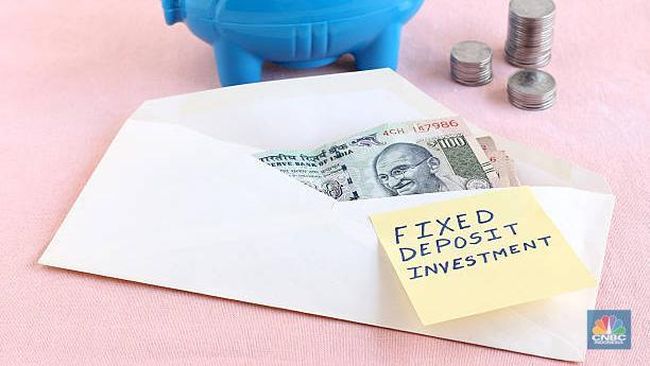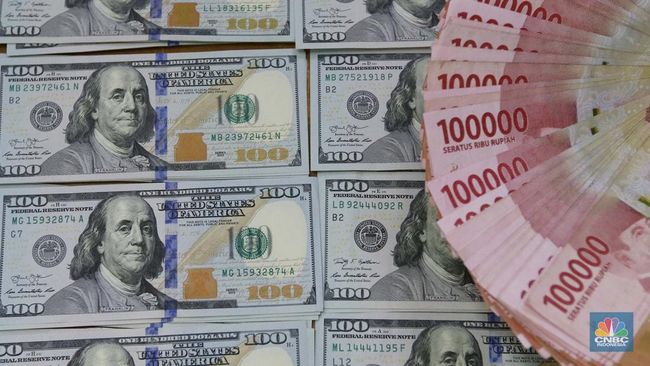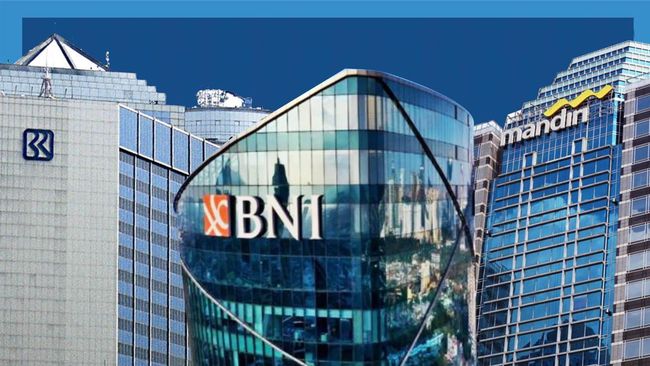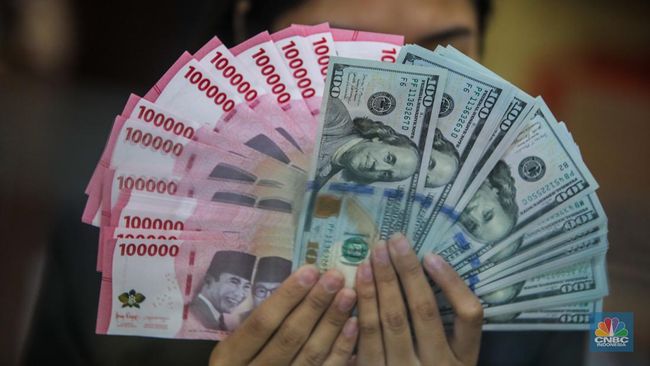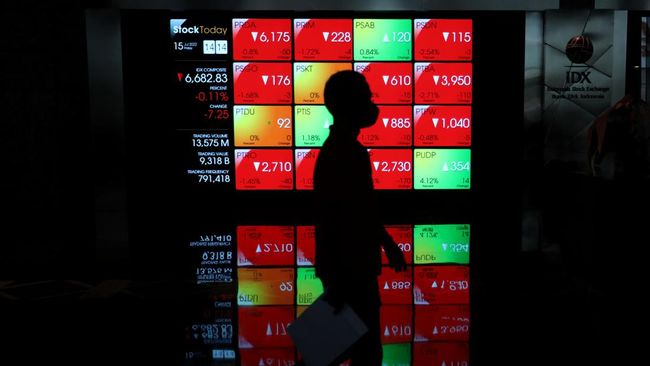
How does a carousel of currencies -- cash, credit, crypto, installment -- attached to a single payment credential sound to you? Well, that's what Mastercard is touting with its One Credential, noting a particular interest in attracting Gen Z.
Mastercard announced it's partnering with payment processor Fiserv to bring its recently announced stablecoin, FIUSD, to the Mastercard network. That means Mastercard One Credential users will be able to choose to pay with FIUSD, cash or credit at checkout -- all with one payment option.
"To date, stablecoins have largely been a store of value," Takis Georgakopoulos, chief operating officer at Fiserv, said in a statement. "Our work with Mastercard is promoting greater reach and utility of stablecoins by helping our financial institutions and merchants enable greater payments choice to their customers."
Mastercard announced earlier this month that it had partnered with PayPal to offer installment payments on its One Credential, which could offer a lot of flexibility for choosing payments. That could be particularly appealing to a Gen Z audience that embraces technology along with alternative payment options such as Buy Now Pay Later.
Mastercard One Credential was launched back in February, but doesn't seem to be available yet. We reached out to Mastercard for clarification and will update this story with the company's response.
Here's what the new payment option could look like and how to decide if you should use it.
What is Mastercard One Credential?
Mastercard One Credential is Mastercard's way of housing different payment options under one roof. So, before you make a purchase, you can choose between debit, credit, BNPL or stablecoin.
You'll also be able to set spending limits per fund type, according to Mastercard. If you want to pay your daily expenses under a certain amount with credit, you can have it set to automatically choose that fund type. Expenses over that limit can be set to a different currency type, and so on and so forth.
The company could be trying to garner more attention and customers, considering that some of the credit card market has given way beneath a surge of BNPL popularity and other alternative financing options. Additionally, President Donald Trump's second term has brought in a resurgence of crypto popularity -- so the two go hand-in-hand.
What is FIUSD?
FIUSD is Fiserv's new form of digital currency that's expected to be added to existing banking and payment infrastructure by the end of the year. A stablecoin is a digital currency that tries to obtain a stable price, instead of experiencing the volatility that most cryptocurrencies are known for.
By linking it to a more stable form of currency, like the US dollar, it (in theory) should experience fewer dramatic swings in value than cryptocurrency, whose value is determined by market demand and supply. That's what the "USD" in "FIUSD" means -- it's pegged to the US dollar.
When it's available, you can use FIUSD like you would any other stablecoin, such as circle (USDC) or tether (USDT).
Should you use crypto over cash or credit?
While Mastercard is promoting its One Credential as a single-stop payment option, the payment option isn't available yet.
As far as using crypto instead of cash, it depends on the situation. Many places may not accept crypto as a payment option. And even if you can pay with crypto, the payment facilitator, the cryptocurrency exchange and the merchant may all charge a fee for using crypto.
It's also unlikely that crypto payments would offer the same protections that credit cards do, and you'll want to be security-conscious when dealing with crypto, as it provides more opportunity for scams than other investment types.
However, if you're already invested in crypto, having it as a payment option may offer greater flexibility.

 5 days ago
11
5 days ago
11






























